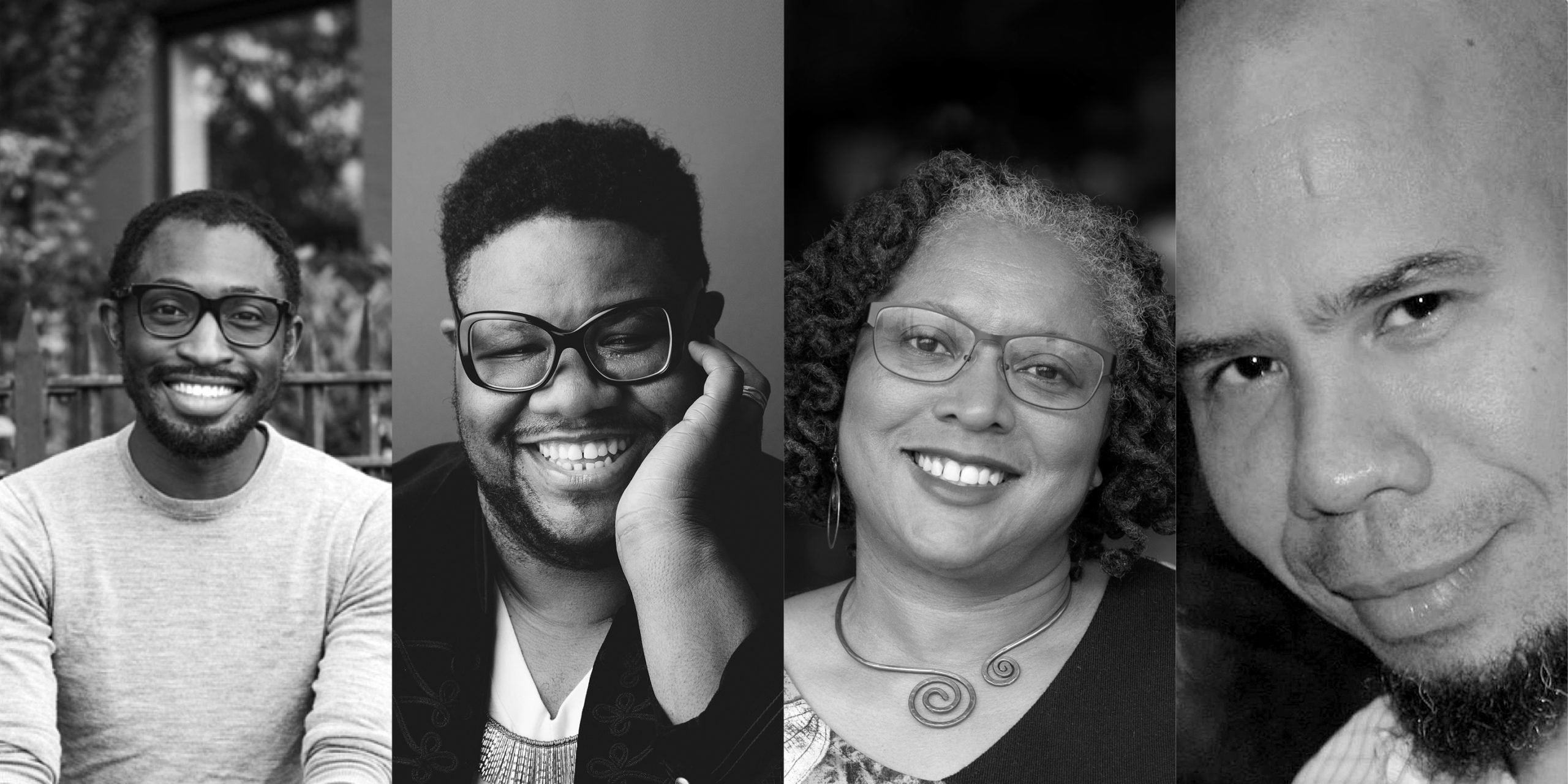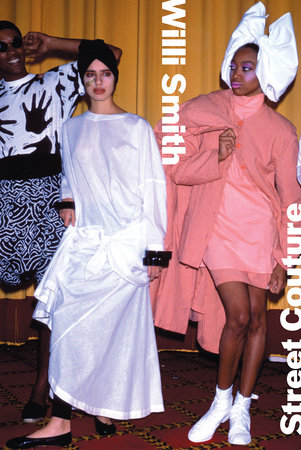On the occasion of the exhibition Willi Smith: Street Couture, Cooper Hewitt hosted a virtual discussion on the role of memory in recording and reflecting upon history.
Moderated by Eric Darnell Pritchard, author and Associate Professor of English at the University at Buffalo, the panel featured Steven G. Fullwood, Archivist and Co-founder of the Nomadic Archivists Project, Uzodinma Iweala, author and CEO of the Africa Center, and Kelly Elaine Navies, Museum Specialist in Oral History for the Smithsonian National Museum of African American History and Culture (NMAAHC).
A full recording of this discussion is available to view here.
Once you have watched the discussion, take a deeper dive with these books, archives, and resources that were mentioned during the discussion.
Wayward Lives, Beautiful Experiments: Intimate Histories of Riotous Black Girls, Troublesome Women, and Queer Radicals by Saidiya Hartman
W. W. Norton & Company, 2019
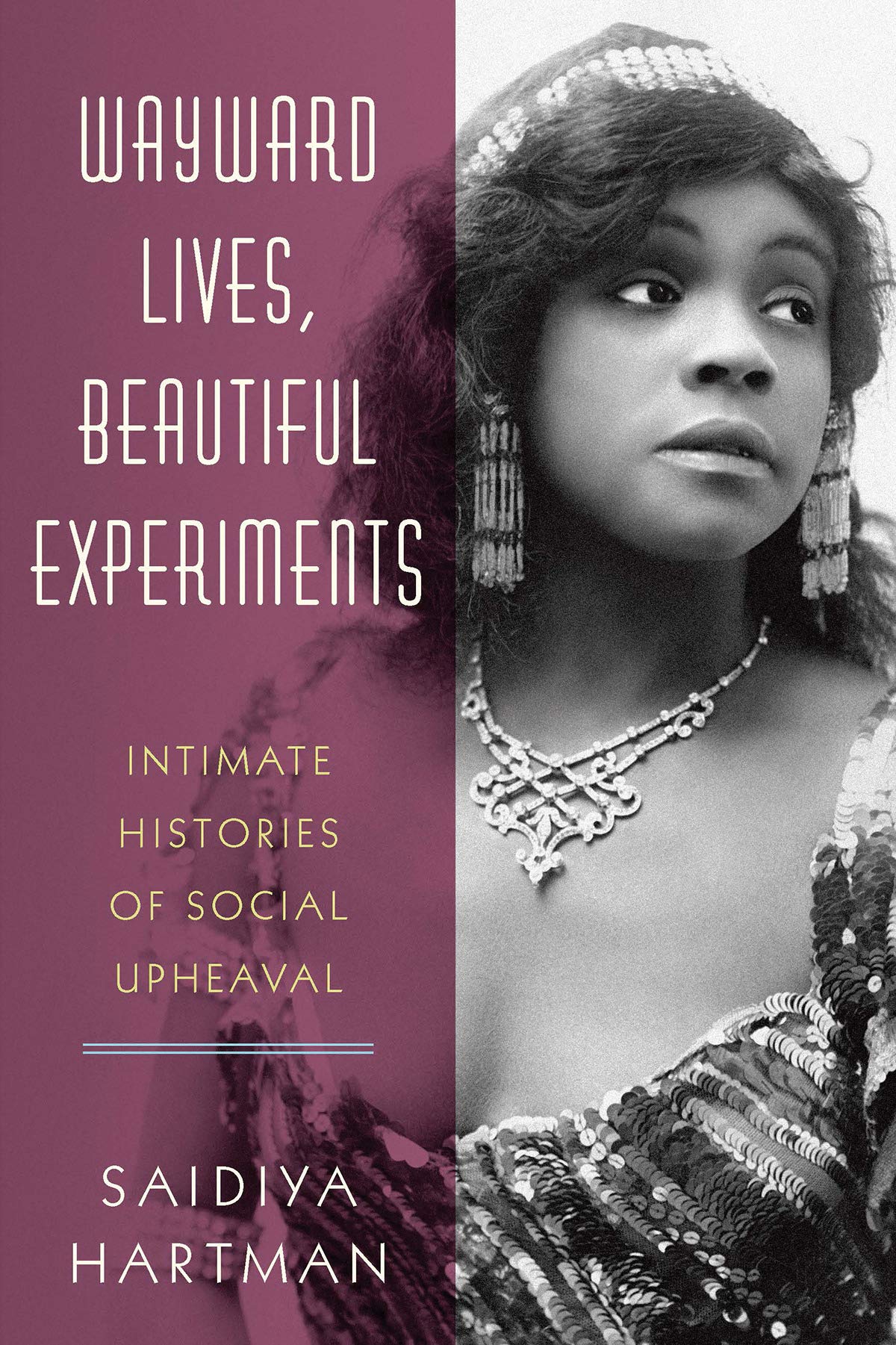
An exploration of intimacy and kinship among young Black women in Philadelphia and New York at the dawn of the 20th century, this deeply researched and immersive social history celebrates joy and defiance in the face of restrictive social mores.
Speak No Evil by Uzodinma Iweala
John Murray, 2018
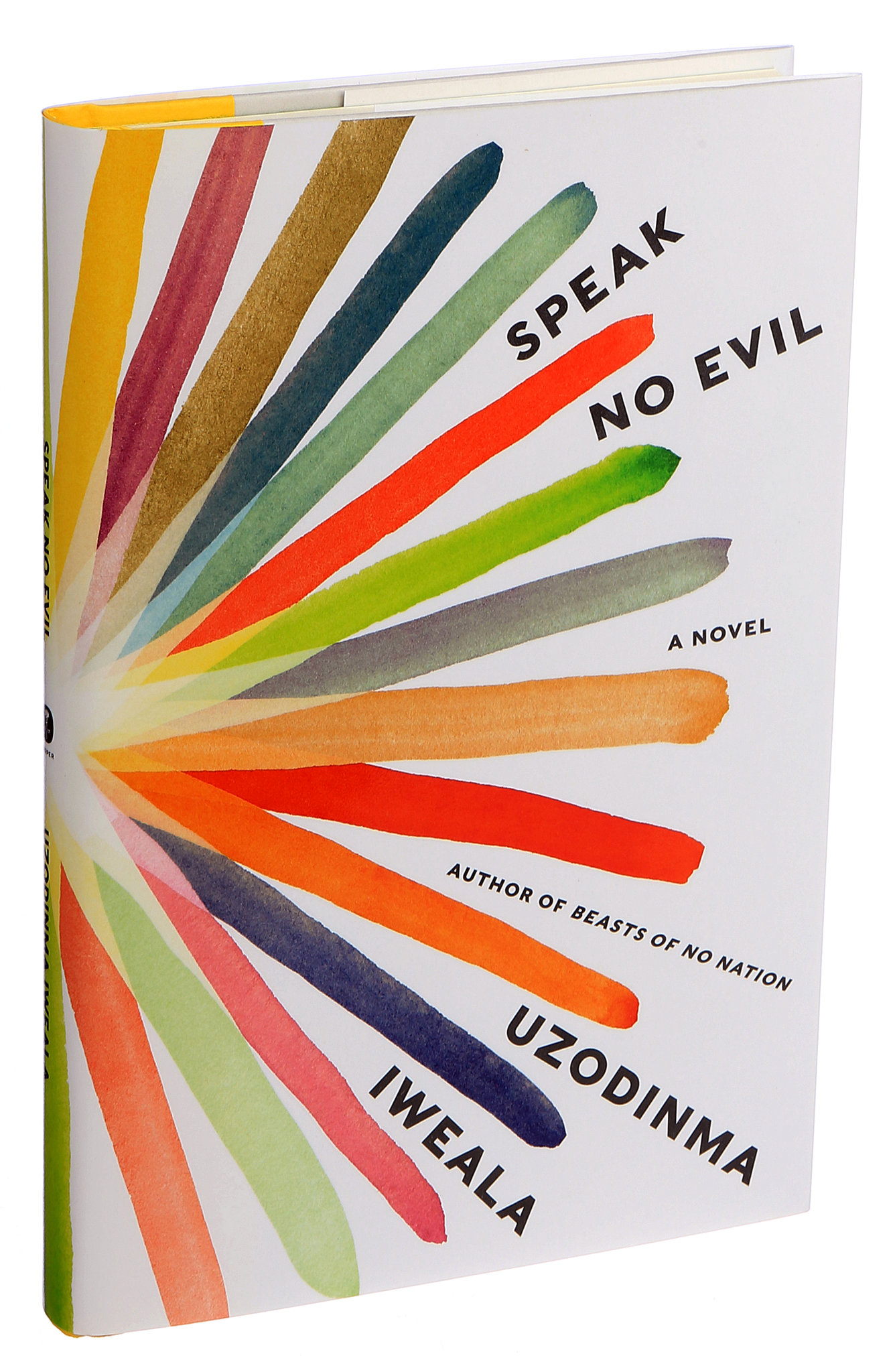
In this novel, Niru, a high-achieving young man growing up in an affluent suburb of Washington, D.C., finds his life transformed when his conservative Nigerian parents accidentally discover that he is queer.
Lost in the USA: American Identity from the Promise Keepers to the Million Mom March by Deborah Gray White
University of Illinois Press, 2017
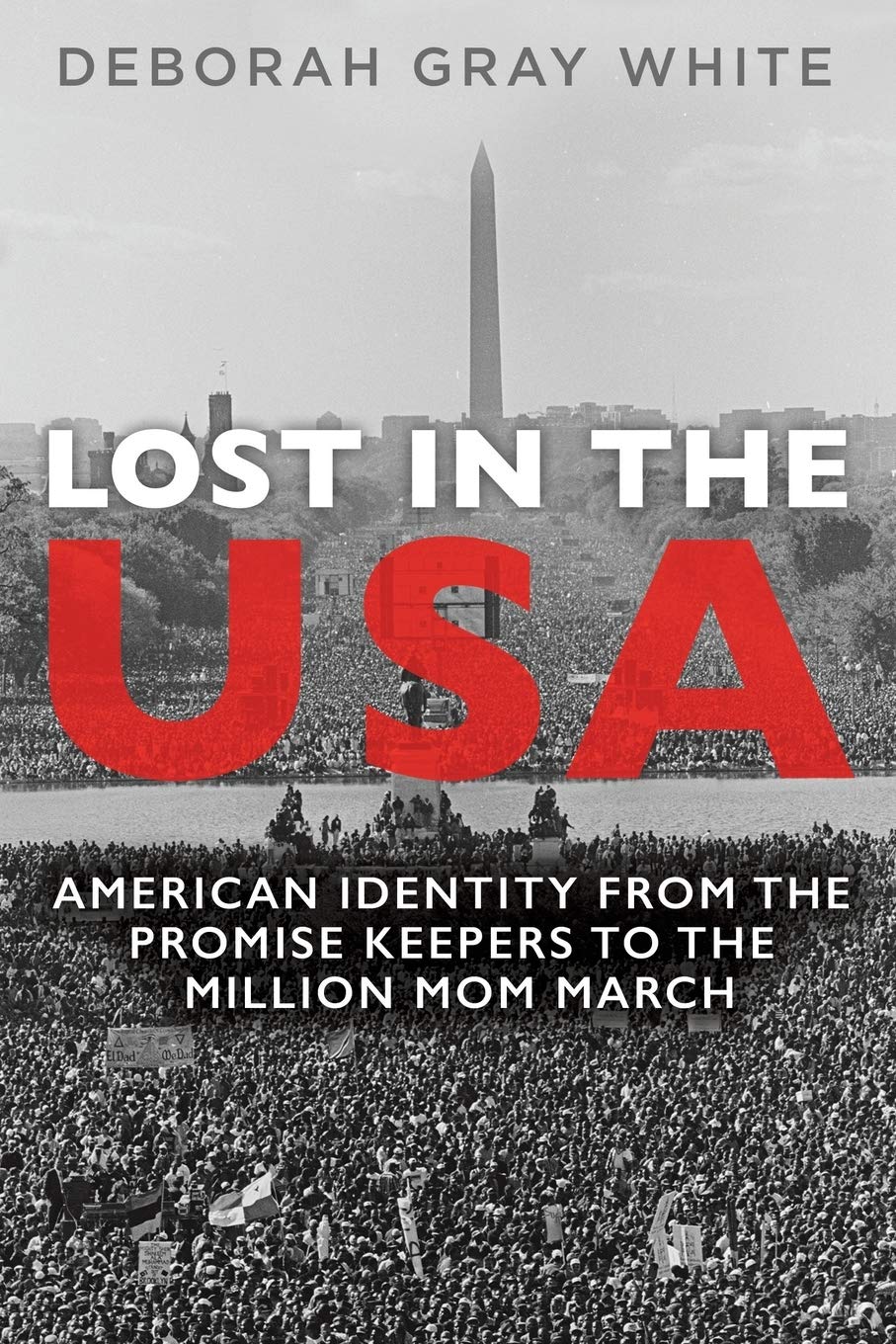
This history of turn-of-the-millennium USA draws on thousands of personal testimonials to explore the phenomenon of mass protest, and what these demonstrations reveal about how Americans hoped to flourish in a fast-changing, sometimes hostile society.
Fashioning Lives: Black Queers and the Politics of Literacy by Eric Darnell Pritchard
Southern Illinois University Press, 2016
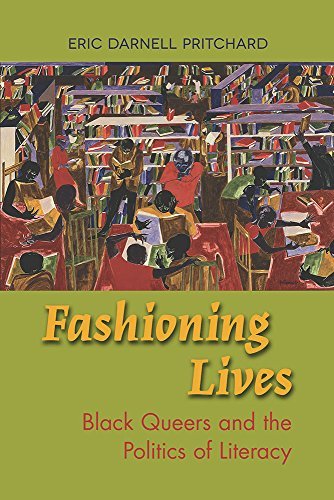
In this pathbreaking work of scholarship, Pritchard analyzes how literacy has been used to surveil, censor, or otherwise harm Black LGBTQ+ people, and how, in turn, Black LGBTQ+ people have reclaimed literacy through restorative practices.
Black & queer by Adrian Stanford
Good Gay Poets Press, 1977 (out of print)
Lyrical poems that evoke “the raunchy blues style of Bessie Smith and other blues and jazz figures of the Harlem Renaissance” (Sonya L. Jones, Gay and Lesbian Literature Since World War II: History and Memory).
Willi Smith: Street Couture
Cooper Hewitt and Rizzoli Electa, 2020
Essays, interviews, ephemera, and photographs tell the story of designer Willi Smith, his boundary-breaking streetwear brand WilliWear, and his collaborations with SITE Architects, Nam June Paik, Christo and Jeanne-Claude, Spike Lee, Dan Friedman, Bill T. Jones, and Arnie Zane.
Willi Smith Community Archive

Bill T. Jones and Arnie Zane, Promotional Photography for Secret Pastures, Photographed by Tom Caravaglia, 1984
Built through the memories and contributions of Willi Smith’s friends and collaborators, this online resource features fascinating accounts of the designer’s life and times. Not sure where to begin? Start with Kelly Elaine Navies’ oral histories with choreographer Bill T. Jones, fashion model and activist Bethann Hardison, and Willi Smith’s business partner Laurie Mallet.
DocNow
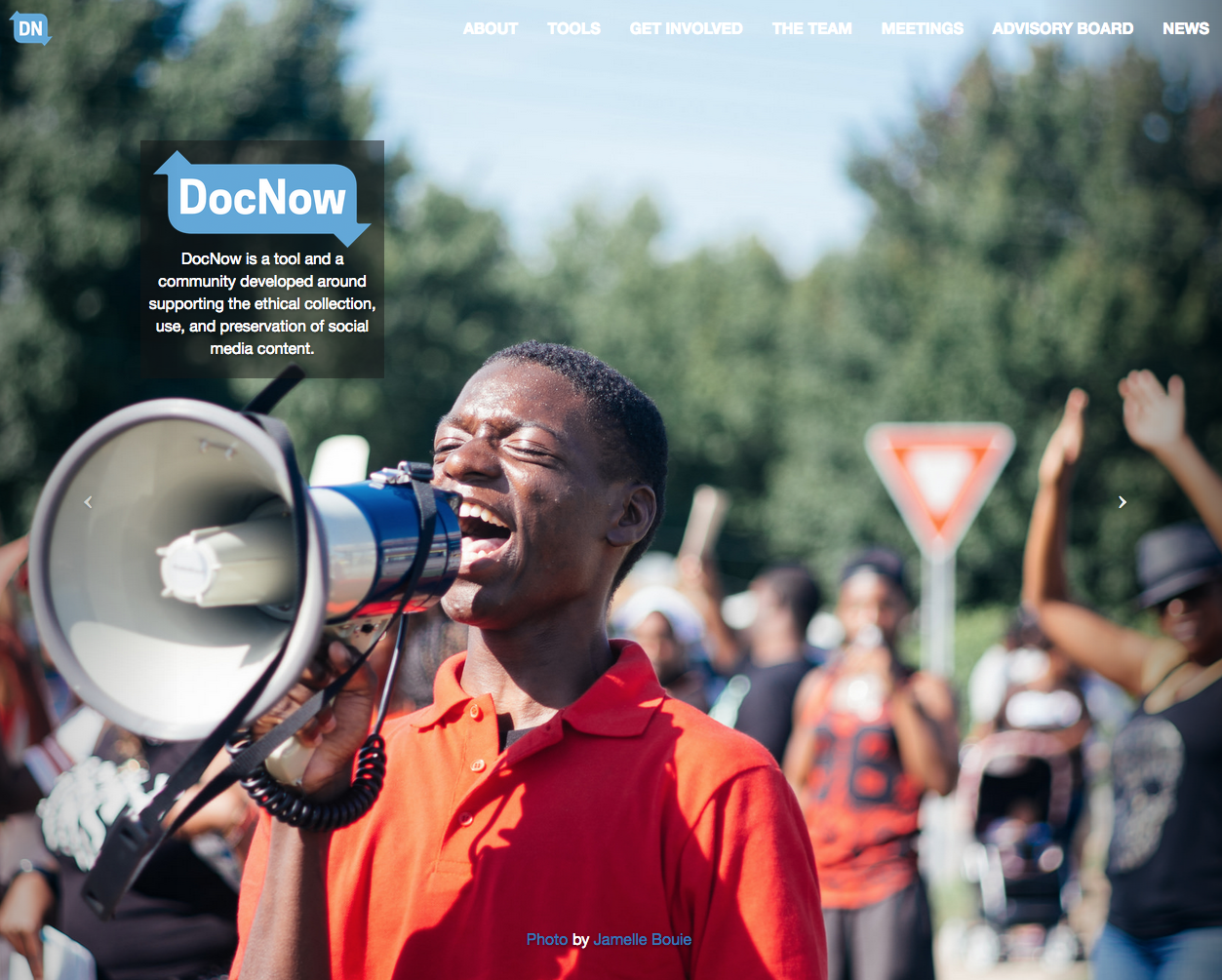
Josh Williams photographed by Jamelle Bouie
As more users turn to social media to document current events, DocNow offers a tools for archivists, activists, and researchers to ethically collect and preserve social media data.
Civil Rights Oral History Project
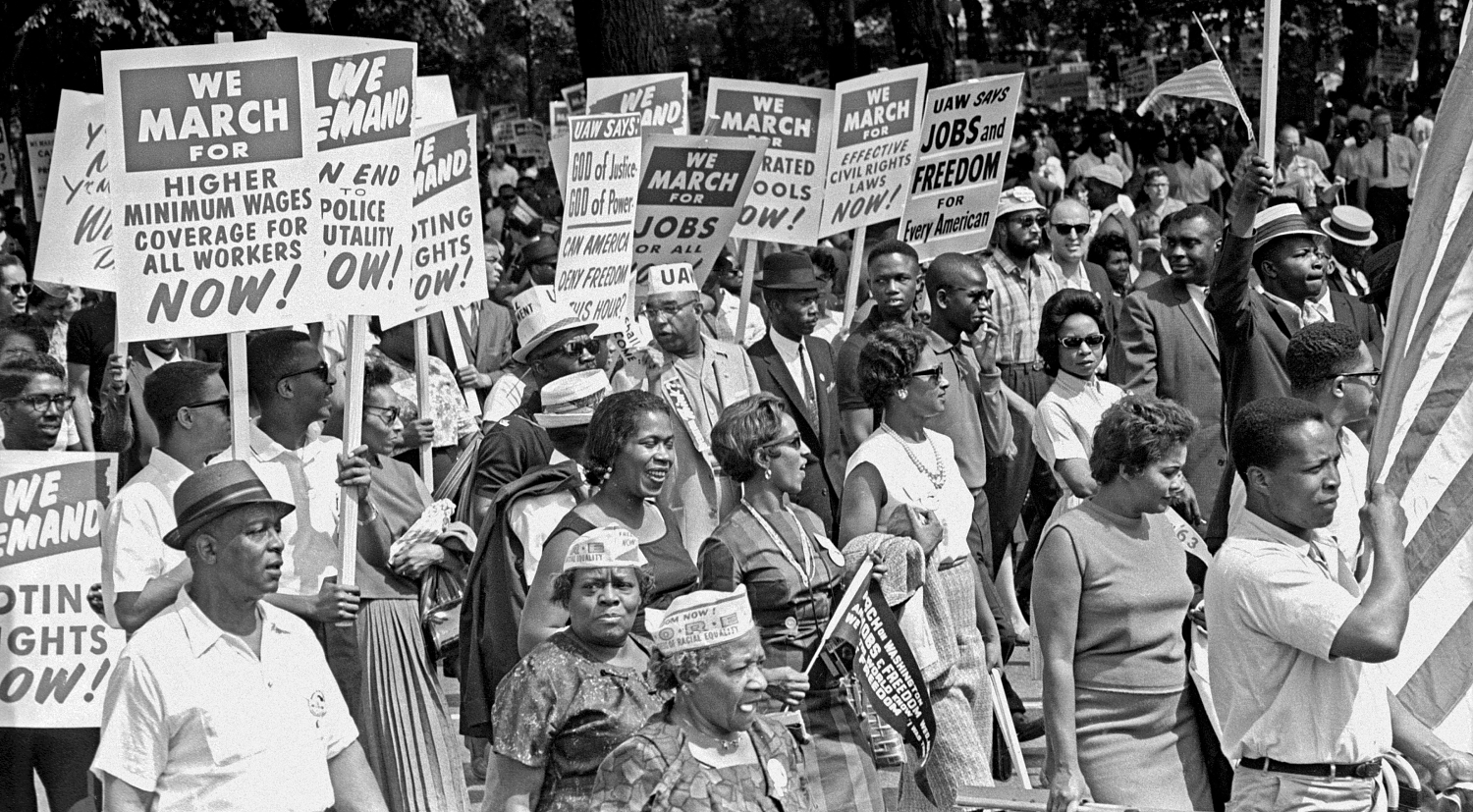
Credit: Collection of the Smithsonian National Museum of African American History and Culture, Gift of James H Wallace Jr.
The National Museum of African American History and Culture and the Library of Congress document personal testimonials of unsung activists’ stories of the 1950s and 1960s Civil Rights Movement.
The StoryCorps Black LGBTQ Archive
Archivists mined StoryCorps—a project that since 2003 has recorded more than 60,000 interviews of Americans from all walks of life—for stories that reflect Black LGBTQ+ experiences. This archive is now available for researchers to explore through the New York Public Library’s Schomburg Center.
June Jordan, American Writer, 1936-2002
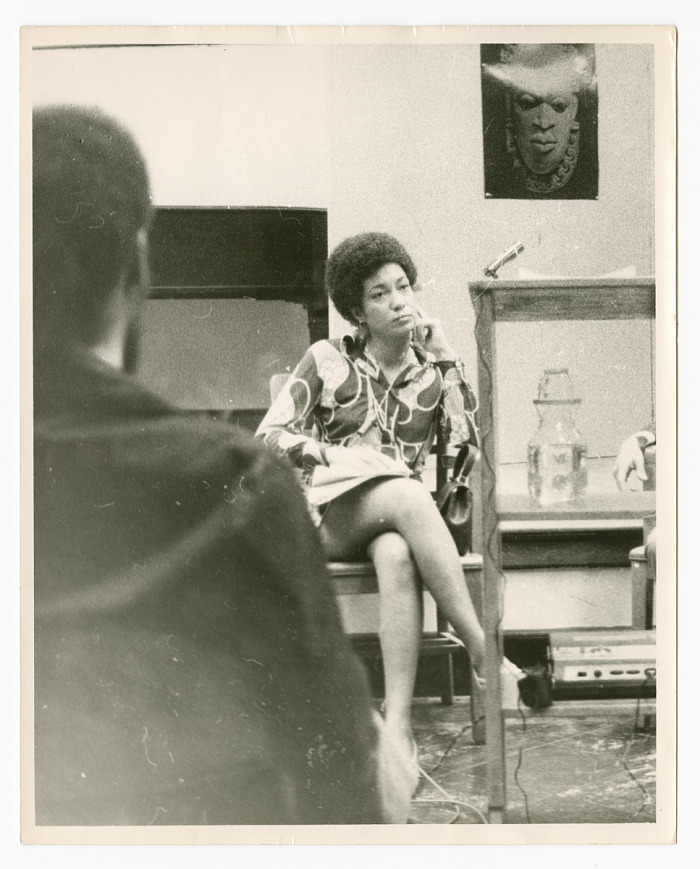
June Jordan photographed by Lloyd W. Yearwood, ca. 1970. Collection of the National Museum of African American History and Culture.
Born in Harlem, June Jordan was a Jamaican-American writer and activist who addressed family, politics, racial identity, bisexuality, and memory across more than twenty-five works published in her lifetime, spanning genres from poetry and fiction to children’s books and opera librettos.
Patrick Kelly, American fashion designer, 1954-1990
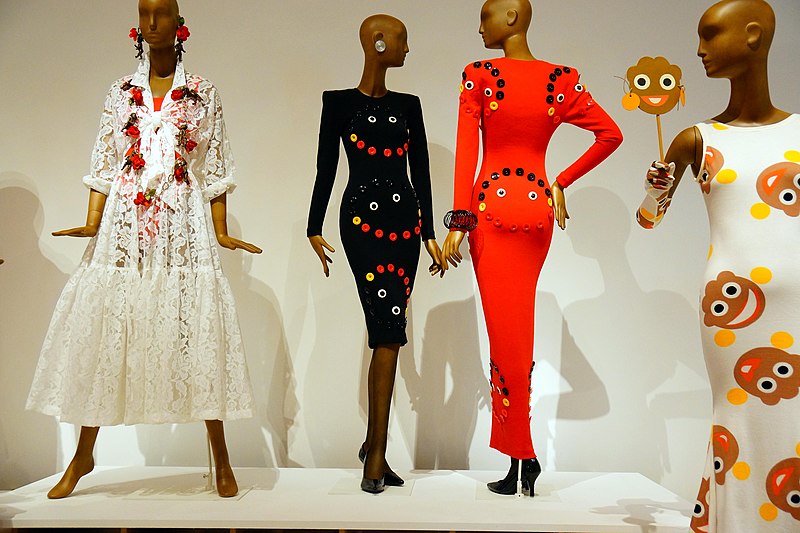
Patrick Kelly Runway of Love on view at Philadelphia Museum of Art, 2014. Image courtesy Regan Vercruysse.
In the 1980s, designer Patrick Kelly made a splash with his playful, colorful clothes that re-appropriated symbols that had been used to stereotype Black people. A biography on the designer by Eric Darnell Pritchard is forthcoming.
Hannah Maureen Holden is the Digital Content Editor at Cooper Hewitt, Smithsonian Design Museum.
